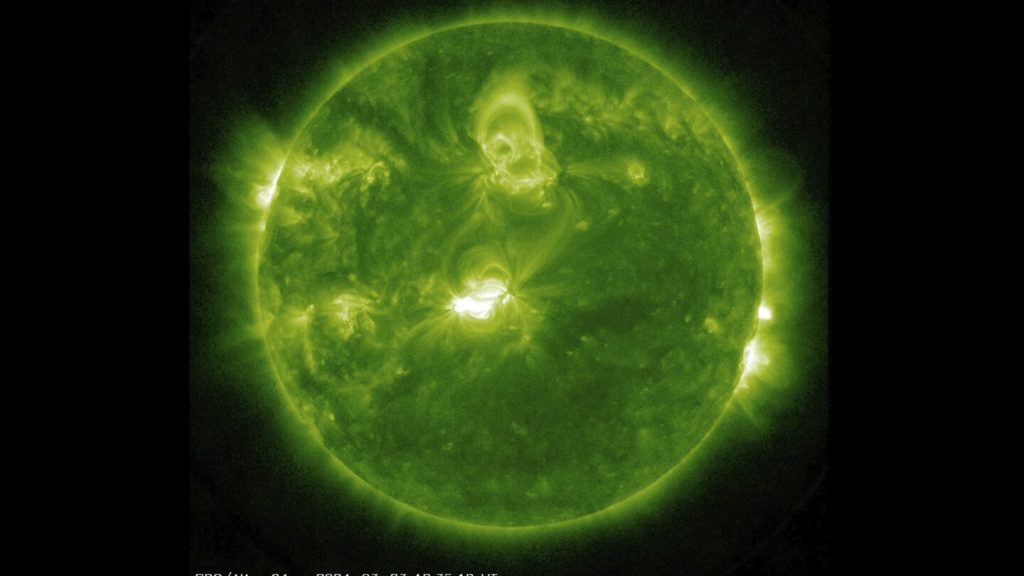Geomagnetic storms can affect communication systems on Earth, so forecasters have issued a watch for a potential storm occurring due to a solar flare. The alert was issued by the Space Weather Prediction Center in Boulder, Colorado, and suggests that the storm could interfere with radio transmissions but assures that there is no need for public concern. The storm may also result in enhanced aurora viewing opportunities and could impact high-frequency radio transmissions, such as those used by aircraft. However, most commercial aircraft have satellite transmission as a backup, and power grids may experience some induced current in their lines, although it should not pose a significant issue.
The sun’s magnetic field undergoes a reversal every 11 years, during which its north and south poles switch positions. This cycle, known as the solar maximum, is currently active and can lead to increased solar activity, including geomagnetic storms hitting Earth a few times a year. This is in contrast to the solar minimum phase, during which fewer storms are experienced over a longer period. The recent storm watch follows a significant solar flare in December that disrupted radio communications. The current storm watch indicates the potential for similar disruptions and heightened aurora activity, particularly visible in areas with clear skies at higher latitudes.
Jonathan Lash, a forecaster at the Space Weather Prediction Center, emphasized that this geomagnetic storm watch presents an opportunity for the general public to witness the night sky lighting up, particularly in areas with clear skies at higher latitudes. The alert also serves as a reminder for entities reliant on communication systems or power grids to be prepared for possible disruptions, although the forecasters do not anticipate any major issues arising. The watch extends through Monday, allowing for anticipation of any potential impacts on various technological systems on Earth.
Despite the potential for geomagnetic storm impacts on Earth’s communication systems, including high-frequency radio transmissions and satellite operations, forecasters assure that there is no imminent threat to the public. The alert issued by NOAA’s Space Weather Prediction Center aims to inform and prepare individuals and organizations for possible disruptions caused by the solar flare. Furthermore, the forecasters highlight the rare opportunity this storm watch presents for aurora viewing in areas with clear skies at higher latitudes. With the solar maximum cycle currently active, periodic geomagnetic storms like the one predicted serve as reminders of the sun’s influence on Earth’s technological infrastructure.
As the solar maximum phase continues to bring heightened solar activity, including geomagnetic storms, forecasters monitor and issue alerts to mitigate potential disruptions to communication systems and power grids on Earth. The geomagnetic storm watch announced over the weekend prompts individuals and organizations to prepare for possible impacts related to radio communications and satellite operations. This proactive approach allows for effective response measures to be implemented, ensuring that any disruptions remain manageable and limited in scope. The public is encouraged to take advantage of the rare opportunity to witness illuminated night skies, courtesy of the northern lights that may result from the solar flare.


